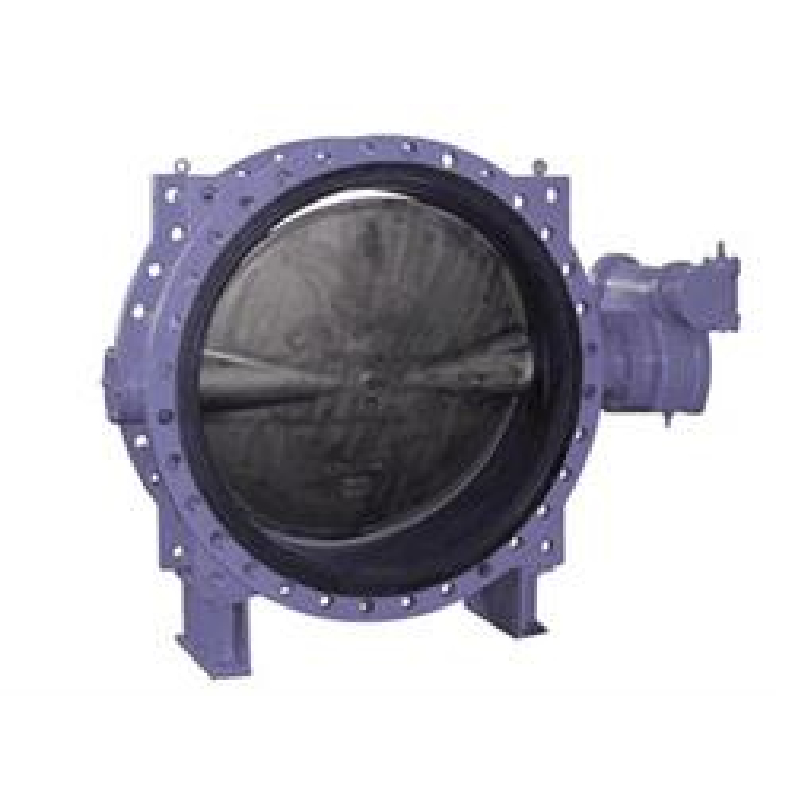Nov . 15, 2024 05:56 Back to list
silent wafer check valve
The Importance of Silent Wafer Check Valves in Modern Engineering
In the world of fluid dynamics and engineering, the efficiency and reliability of systems are paramount. One of the critical components that facilitate this efficiency in various applications—ranging from industrial processes to HVAC systems—is the check valve, specifically the silent wafer check valve. This article explores the significance, working mechanisms, and applications of silent wafer check valves, shedding light on why they are a preferred choice in many scenarios.
What is a Silent Wafer Check Valve?
A silent wafer check valve is a type of one-way valve that is designed to allow fluid to flow in one direction while preventing backflow. Unlike traditional check valves, which may produce noise during operation, silent wafer check valves are engineered to minimize turbulence and reduce flow resistance. This design ensures a quieter operation, hence the term silent.
Construction and Mechanism
The silent wafer check valve is characterized by its thin, compact design. It typically consists of a body, a disc, and a spring mechanism. The valve body is usually made from materials such as stainless steel, PVC, or cast iron, chosen based on the specific requirements of the application. The disc inside the valve opens and closes automatically in response to the flow of fluid. When fluid flows in the intended direction, the disc lifts, allowing the fluid to pass. In the event of a reverse flow, the disc closes tightly against the valve seat, thus preventing backflow.
Advantages of Silent Wafer Check Valves
1. Noise Reduction The primary advantage of silent wafer check valves is their ability to operate quietly. This is particularly beneficial in residential and commercial applications where noise pollution can be a concern.
2. Space Efficiency Their thin profile allows for easy installation in tight spaces, making them ideal for a variety of piping layouts without compromising performance.
silent wafer check valve

3. Reduced Pressure Drop Silent wafer check valves are designed to minimize pressure loss, thereby ensuring efficient fluid flow in systems. This can lead to significant energy savings over time.
4. Versatility These valves can be used in a wide range of applications, including water supply systems, sewage treatment plants, and chemical processing.
5. Durability and Reliability Made from robust materials, silent wafer check valves are resistant to wear and corrosion, ensuring a long service life and reducing maintenance costs.
Applications
Given their numerous advantages, silent wafer check valves find applications in various industries, including
- Water Treatment Plants To prevent backflow and maintain water quality. - HVAC Systems Ensuring proper air and fluid flow while minimizing noise. - Food and Beverage Industry For hygienic transportation of liquids without contamination risks. - Chemical Processing Protecting against backflow and ensuring system integrity.
Conclusion
In conclusion, silent wafer check valves play a crucial role in modern engineering and fluid management systems. Their noise-reducing features, space efficiency, and reliability make them an indispensable component in various industries. As the demand for quieter and more efficient fluid handling systems increases, the importance of silent wafer check valves will continue to grow, contributing significantly to the effectiveness of engineering solutions in the years to come.
Share
-
Reliable Wafer Type Butterfly Valves for Every IndustryNewsJul.25,2025
-
Reliable Flow Control Begins with the Right Ball Check ValveNewsJul.25,2025
-
Precision Flow Control Starts with Quality ValvesNewsJul.25,2025
-
Industrial Flow Control ReliabilityNewsJul.25,2025
-
Engineered for Efficiency Gate Valves That Power Industrial PerformanceNewsJul.25,2025
-
Empowering Infrastructure Through Quality ManufacturingNewsJul.25,2025